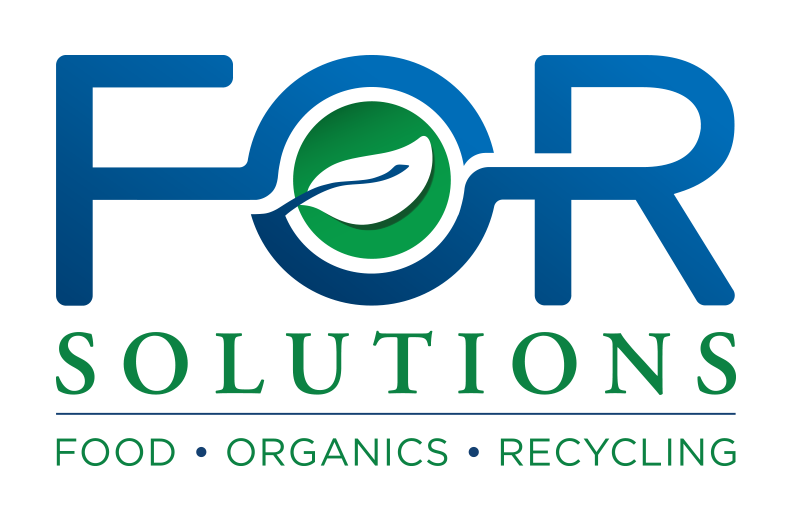The Climate Is Right For Local Food Composting
According to the Intergovernmental Panel on Climate Change (IPCC), a group of more than 800 of the most preeminent climate scientists in the world, “Warming of the climate system is unequivocal, and since the 1950s, many of the observed changes are unprecedented over decades to millennia. The atmosphere and ocean have warmed, the amounts of snow and ice have diminished, sea level has risen, and the concentrations of greenhouse gases have increased.” The IPCC further offered, “…science now shows with 95 percent certainty that human activity is the dominant cause of observed warming since the mid-20th century.”
These conclusions are the subject of almost 55,000 written review comments from almost 1,100 individual expert reviewers and 38 governments.
The issue of climate change is about changes in the chemical composition of the atmosphere. The “atmospheric concentrations of carbon dioxide [CO2], methane [CH4], and nitrous oxide [N2O] have increased to levels unprecedented in at least the last 800,000 years.” Evidence suggests that between 1750 and 2011, CO2 concentration increased by 40%, CH4 concentration increased by 150%, and N2O concentration increased by 20%. Greenhouse gases act as a blanket trapping heat in the atmosphere that would normally be radiated to space and redirecting it back to the surface, thereby, causing the climate to warm. “Continued emissions of greenhouse gases will cause further warming and changes in all components of the climate system. Limiting climate change will require substantial and sustained reductions of greenhouse gas emissions.”
When sources of these gases are undeniably as result of human actions, they’re termed anthropogenic. “The increase of CO2, CH4 and N2O is caused by anthropogenic emissions from the use of fossil fuel as a source of energy and from land use and land use changes, in particular agriculture.” “Municipal solid waste is a significant contributor to greenhouse gas emissions.” “Landfill gas emissions are one of the largest anthropogenic sources of methane especially because of food waste.” According to the US EPA, when food is transported to distant disposal facilities, even if they are composting sites, the collection and transportation of them to the site results in anthropogenic CO2 equivalent emissions. To put this in perspective, consider that according to the US EPA Americans generated about 75 billion pounds of uneaten food in 2015. The amount of food waste recovered for composting was only 4 billion pounds (5%). This means that approximately 95% of all of the uneaten food generated in the United States (71 billion pounds) was either buried in a landfill or burned in an incinerator. Transporting this amount results in hundreds of thousands of tons of CO2 equivalent emissions. This is roughly the same amount of emissions as would be generated by tens of thousands of cars with a fuel economy of 27.5 miles per gallon being driven 12,000 miles per year!
Aerobic in-vessel composting, such as is appropriate for local food recovery and composting programs, tends “to have lower associated operating emissions.” Additionally, according to the US EPA, “when organic materials are composted, most of their organic mass quickly decomposes to CO2.” Because food scraps are from animals and plants, the CO2 emitted during composting is not considered to be anthropogenic and is not considered when greenhouse gas emissions are measured. There is “strong evidence that …composting…can significantly and sustainably address critical national priorities including climate change….” Composting food scraps can help reduce greenhouse gas emissions, especially if it is performed locally and in conjunction with local organic food production by
• decreasing the need for synthetic fertilizers, herbicides, and pesticides thereby reducing the amount of fossil fuels that are used to produce and apply these substances;
• amending the soil with vital nutrients in the compost that contribute to more robust plant growth that results in the storage of carbon in the plant making it unavailable to form molecules of CO2 or CH4 in the atmosphere;
• returning carbon in the compost to the soil, where it typically will remain for centuries or longer; and
• improving the porosity and water-holding capacity of soil making it easier to farm, thereby reducing the amount of fossil fuels needed to power equipment to prepare the soil for planting.
The climate is right for the development of “a highly decentralized and diverse organics recovery infrastructure” that includes local food scraps recovery, local aerobic in-vessel composting of the food scraps, and local use of the food scraps to produce organic, nutritious food that is distributed locally. This strategy will reduce climate change impacts and make our communities more resilient and sustainable while also creating jobs and saving money.


